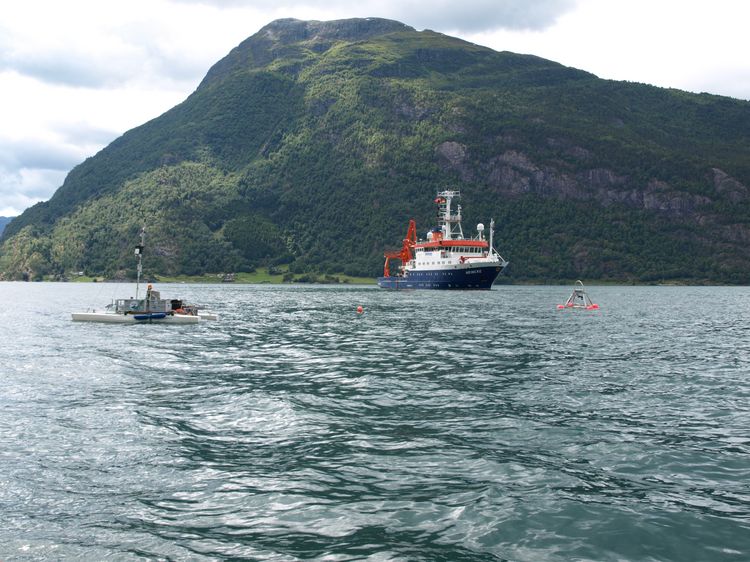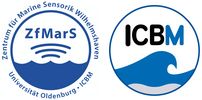Head

Prof. Dr. OLIVER WURL
Heincke HE491

During the expedition HE491, our main objectives were to increase our understanding of (i) the abundance and biodiversity of phytoplankton near the sea surface (< 5m), (ii) the link between hyperspectral light availability and phytoplankton biogeography and (iii) effects by plankton communities on air-sea CO2 fluxes. We deployed state-of-the-art technology to make observations close to the sea surface including a hyperspectral radiometric profiler, a remote-controlled research catamaran and an
autonomous gas flux buoy. In addition, a High-volume Sampler for the Verticals (HSV) has been developed for the expedition and successfully deployed to collect discrete water samples in the upper 2 meter from six different depths. With samples from the catamaran (from the sea-surface microlayer and 1 meter), near-surface gradients of eight depths for pigments, nutrients, surface-active substances, particulate matter, cell abundances and taxonomy has been obtained from 14 stations. The catamaran was deployed at each station for up to 7 hours retrieving up to 2500 in situ data points from the microlayer and 1 meter depth for pH, salinity, temperature and chromophoric dissolved organic matter (CDOM).

